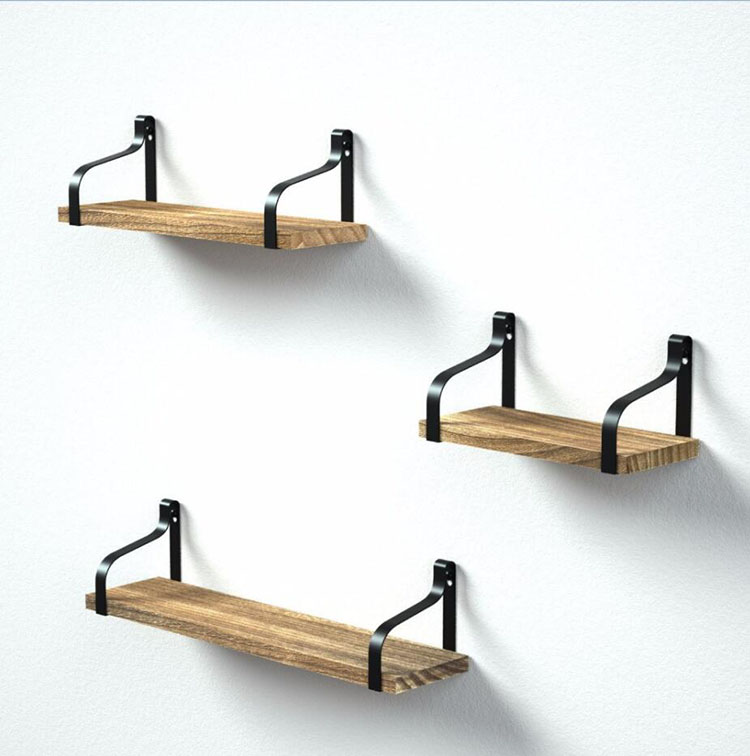In 1999, the top companies in the printing industry's industrial economic efficiency index include Weihai Haitian Printing Machinery Co., Ltd., Shanghai Ziguang Machinery Co., Ltd., Jingdezhen Printing and Packaging Machinery Co., Ltd., Weihai Printing Machinery Co., Ltd., Beiren Printing Machinery Co., Ltd. , Shanghai Yahua Printing Machinery Co., Ltd., Shanghai Gauss Printing Equipment Co., Ltd., Chongqing Second Printing Machinery Factory, Shanghai Shenweida Machinery Co., Ltd., Wenzhou Printing Machinery Factory, Yingkou Guanhua Offset Printing Machinery Co., Ltd., Hebei Packaging and Printing Machinery Factory, Henan Wuyang Printing Machinery Co., Ltd.; Beiren Group, Shanghai Goss Printing Equipment Co., Ltd., Jingdezhen Printing and Packaging Machinery Co., Ltd., Shanghai Shenweida Machinery Co., Ltd., Shanghai Ziguang Machinery Co., Ltd., Jiangsu Changsheng Group Co., Ltd., and Shanghai Yahua Printing Machinery Co., Ltd. The output value of Shaanxi Printing Machinery Factory, Yingkou Guanhua Offset Printing Machine Co., Ltd., and Henan Wuyang Printing Machinery Co., Ltd. reached 100 million yuan. At the same time, 23 of the 69 major companies also accounted for losses, accounting for 33.3% of the total, with a total loss of 68.321 million yuan; of the 23 key enterprises, 4 suffered losses, accounting for 17.4%, and the total loss was 35.12 million yuan.
In 1999, a total of 10,878 sheetfed offset presses were produced nationwide, an increase of 5.9% over 1998. Among them, 38 full-sheet formats, down 36.7% year-on-year; 2812 sets of open format, down 22.1% year-on-year; 4 open format 2227 units, an increase of 42.6%; 8 open format of 5801 units, an increase of 15.1%. In 1999, 226 web offset presses were produced, an increase of 9.65% year-on-year.
From the above statistics, the following conclusions can be drawn:
1. The production and sales of domestic printer products showed an increasing trend. According to relevant statistics, the number of imported equipment also increased significantly over the same period, indicating that the domestic printing machinery market is in an increasing stage. However, from another perspective, the growth momentum of domestic printers has slowed down in recent years. In 1998, domestic printers accounted for 47.4% of domestic printing equipment and declined to 34.3% in 1999. Taking into account factors such as incomplete equipment import statistics, currently domestic printers currently use only about 40% of domestic printers.
2. The export volume of printing machinery declined. In 1999, although the export of small offset presses broke the record of zero, the export of other offset presses also increased slightly, but the total exports of gravure printing presses and screen printing presses decreased by 27.4%. In the future, domestic printer manufacturers, especially small offset press manufacturers and higher-level post-press processing equipment manufacturers, should focus on export tactics, focus on product stability and reliability, and create conditions for expanding exports. .
3. Domestic printer manufacturers should continue to intensify efforts in product development, focusing on the development of medium-format printers, multi-format offset presses, high-precision gravure printers, and high-speed glued linkage lines. In the research and development of new technologies such as shaftless technology, waterless offset printing technology, and CTP technology, more investment should be made. When the company's own R&D strength is insufficient, printer manufacturers should strengthen horizontal linkages and initiate joint development with research institutes and universities.
4. Statistics show that most of the printing industry's overall economic performance index is joint ventures and private enterprises. The development of state-owned enterprises has lagging significantly, and some companies have been on the verge of losses. This year, the pace of transformation of domestic printing machine manufacturers has accelerated, and many companies have transformed themselves into private enterprises or joint-stock-based joint-stock companies. In the face of pressure from many parties, state-owned enterprises should speed up the pace of reform, establish a modern enterprise system as soon as possible, and strive to make new contributions to the development of China's printing industry.
Second, the reform of printing machinery enterprises With the continuous deepening of China's reform and opening up, the state's management of the economy has changed from micro management to macro management and direct management to policy management, and put forward the principle of “grasping the large and smallâ€. The change in national policies is conducive to the transformation of ownership by printer manufacturing enterprises. Many printing machine manufacturers have established and improved modern enterprise management systems through various forms of transformation, improved internal management, and enhanced their vitality for development, thus embarking on the track of sound development.
Shanghai is China's major printing machinery production base. In March 1999, Shanghai Shangling Electric Group invested 280 million yuan in the acquisition of Shanghai Gaosi Printing Equipment Co., Ltd., Shanghai Shenweida Machinery Co., Ltd., Shanghai Yahua Printing Machinery Co., Ltd., and Shanghai Ziguang Machinery Co., Ltd., which are subsidiaries of Shanghai Printing and Packaging Machinery Corporation. , Shanghai Third Printing Machinery Branch, Shanghai Carton Machinery Branch, Shanghai Packaging Machinery Branch and other quality assets, set up the Shanghai Electric Group Printing and Packaging Machinery Co., Ltd., and plans to invest 98.77 million yuan for its technological transformation. In 1999, the sales of Shanghai Electric Group Printing and Packaging Machinery Co., Ltd. reached 730 million yuan, and it is expected that sales revenue will reach 1 billion yuan in 2000. Through nearly one year of good operation, Ziguang Machinery Co., Ltd., a subsidiary of Shanghai Electric Group, has emerged as one of the first comprehensive economic benefit index companies in the printing industry. (To be continued)
A floating shelf is a form of shelf with its wall fixings hidden within the shelf board, with no visible supporting brackets. It can be supported on hidden rods or bars that have been attached to studs. A thick floating shelf may be made of a hollow-core shelf glued to a cleat.

A floating shelf may have two or more channels open from the back towards, but without reaching, the front, into which slide fasteners attached to the wall, typically held in place by screws inserted through the bottom of the shelf.
For typical floating shelf supports, a supplier suggests that floating brackets with a diameter of 12mm can support a shelf at least 22mm thick loaded with 20kg, and 18mm brackets can support 30kg on a 28mm shelf.

This description is in reference to one particular type of floating shelf support, others options are available. Also not to be confused with corner shelves, which would require entirely different supports to make them "float".
Floating shelves are a good fit for a contemporary minimalist style interior.They can be used to expand storage space, atop a radiator to double as storage, or inside a hallway to double as a console table.
Wall Mounting Shelf,Wall Mount Corner Shelf,Wall Mounted Floating Shelf,Wall Mounted Shelf,Wall Mount Shelves Set,Floating Corner Shelves,Rustic Decorative Shelves,Wall Corner Shelves
Jinan Tri-Tiger Technology Development Co., Ltd , https://www.tigerwoodproduct.com
![<?echo $_SERVER['SERVER_NAME'];?>](/template/twentyseventeen/skin/images/header.jpg)